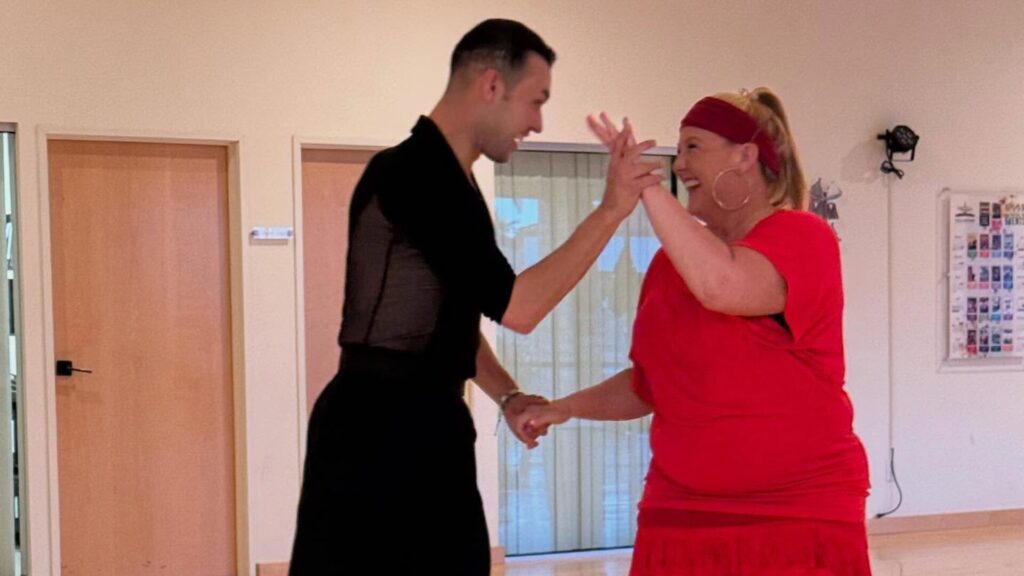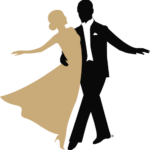Whether you’re a beginner taking your first steps or an experienced performer looking to refine your skills, mastering musicality and rhythm is one of the most important things you can do as a dancer. Great dancers don’t just memorize choreography—they understand the music, respond to it, and express it through their movement.
In this blog, we’ll break down what musicality means, how to count music and find the beat, and how to interpret different musical styles to enhance your dancing. Whether you’re training in ballroom, Latin, hip-hop, ballet, or contemporary, these fundamentals apply across the board.
What Is Musicality in Dance?
Musicality refers to a dancer’s ability to hear, feel, and respond to music with their body. It’s not just about moving in time—it’s about embodying the rhythm, mood, and emotion of a song.
Dancers with strong musicality don’t just perform steps; they interpret the music. They emphasize accents, match the tempo, and bring out subtleties in the melody, lyrics, and instrumentation. This level of connection elevates a performance from technical to unforgettable.
How to Count Music in Dance
Counting music is the foundation of rhythm and timing. Most music used in dance is written in 4/4 time, meaning there are four beats in a measure, and each beat is a quarter note.
Here’s how to count it:
1-2-3-4 | 1-2-3-4 | 1-2-3-4…
Each set of four counts makes up a measure, and choreographers often structure phrases in sets of 8 counts. So you’ll commonly hear dancers count:
“5-6-7-8” to prepare, then
“1-2-3-4-5-6-7-8” to begin moving.
Counting helps dancers stay in sync with the music and each other. It also helps you anticipate musical changes, transitions, and accents.
Some styles, like the waltz, use 3/4 time (counted 1-2-3), while others, like samba or rumba, have more complex rhythms. Regardless of the genre, learning how to count music is a critical skill.
How to Find the Beat
Not everyone naturally feels the beat—but anyone can learn.
Here’s how to start:
- Listen actively – Put on music and just listen. Try to tap your foot or clap along.
- Focus on the drums or bass – These instruments usually anchor the beat.
- Watch the tempo – Is it slow, moderate, or fast? Matching your movement to the tempo helps with control and expression.
- Practice clapping or stepping to the beat – Before you start dancing, get used to marking time with your body.
If you’re struggling, try counting out loud while moving, or take classes focused specifically on musicality. With time, you’ll develop a more intuitive sense of rhythm.
Interpreting Different Musical Styles
Every genre has its own distinct rhythm, mood, and movement style, and understanding these differences can greatly enhance your performance.
Ballroom and Latin
- Waltz (3/4 time): Graceful and flowing. Counted 1-2-3, with an emphasis on the first beat.
- Cha Cha (4/4 time): Sharp and energetic. Counted 2-3-4-&-1.
- Samba: Syncopated rhythm with bounce action. Emphasizes quick, precise footwork.
- Rumba: Slow and romantic. Emphasis on controlled hip movement and body rhythm.
Contemporary and Ballet
- Focuses on musical phrasing, dynamics, and emotion.
- Often uses classical or instrumental music with varying time signatures.
- Dancers interpret the melodic flow rather than strict counts.
Hip-Hop and Jazz
- Strong connection to the beat and rhythm.
- Music often includes syncopation, backbeats, and breakbeats.
- Dancers must isolate body parts and accentuate percussive hits.
By understanding each style’s musical structure, you’ll move with greater authenticity and confidence.
Tips to Improve Your Musicality
- Take music or rhythm classes – Drumming or even beginner piano can sharpen your sense of timing.
- Practice dancing to a variety of music – Different tempos and genres will challenge your versatility.
- Film yourself – Watching your movement can reveal whether you’re truly in sync with the music.
- Use visual cues – Work with choreographers who emphasize musicality or watch pros perform.
- Listen often – Spend time simply listening to the kind of music you want to dance to.
Musicality and rhythm aren’t just technical tools—they’re the heart of expressive dance. When you truly understand the music, you don’t just dance to it—you dance with it. By learning to count, find the beat, and interpret different musical styles, you’ll not only improve your technique—you’ll connect more deeply with your audience and the art itself.
Whether you’re preparing for the stage, the studio, or the social dance floor, keep listening, keep counting, and most importantly—keep dancing.
Ready to elevate your ballroom skills? Connect with Fred Astaire Dance Studio of Ahwatukee—call (602) 218-8578 or schedule your first lesson online today!

